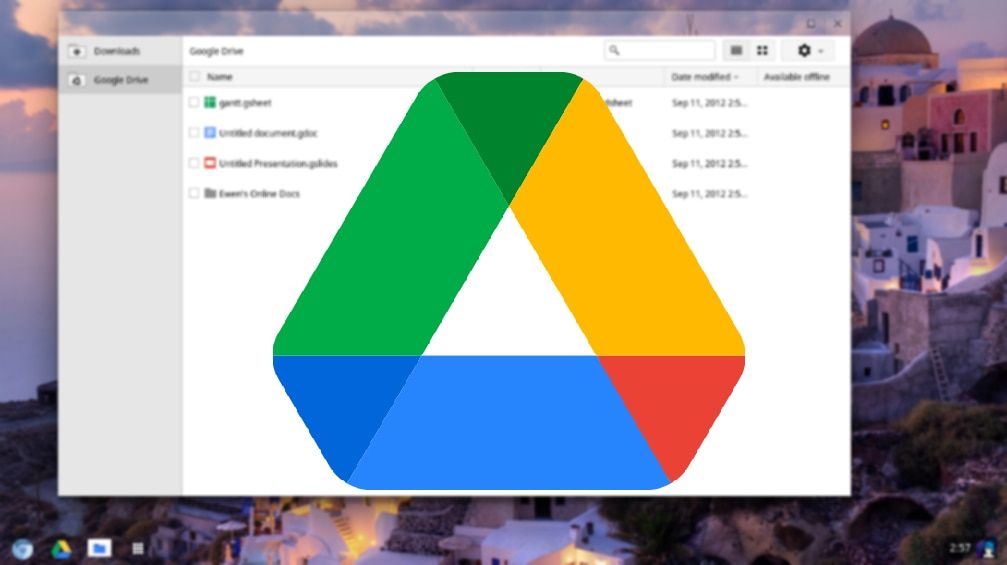It's time to upgrade your operating system if you have a Windows 8 or Windows 8.1 PC. Microsoft has been trying to tell you this for some time, but Windows 8.1 officially reached end-of-life earlier this year, on January 10th, 2023. Windows 8 and its slightly-better sibling were never really considered "beloved" Windows entries, with many having problems with its surprisingly mouse-hostile UI, which was prepared for a touchscreen future but completely forgot about mice users in the process. Now, it's the time when app makers and developers start dropping support for the deprecated OS family — and Google is one of them.
Google Drive, the company's cloud storage solution, is officially killing support of its desktop app for Windows 8 and Windows 8.1, as quietly announced on a support page. As of August 2023, users who would like to avoid service interruption should consider upgrading to Windows 10. The desktop app is the one that keeps all your folders synced with the cloud, so with support for this app being killed off, you should consider upgrading your operating system if you want that syncing to continue.
In addition, all 32-bit versions of Windows are also being killed off, so if you were to upgrade to a 32-bit version of Windows 10, you'd also be out of luck. Then again, if you're using 32-bit Windows in 2023, you probably have more urgent problems to solve than having to worry about Google Drive support. If you have 4GB of RAM or more, chances are you have 64-bit Windows and are in the clear about this.
Google already killed off support for Google Chrome for Windows 8/8.1 (and Windows 7, too) back in February, so it doesn't come as a surprise that the company is looking to swiftly cease support for its services on all those legacy operating systems. If you want to sync your folders and files to the cloud, you'll have to upgrade to Windows 10 if you want to keep doing so — if you want to use Google Drive, at least.

